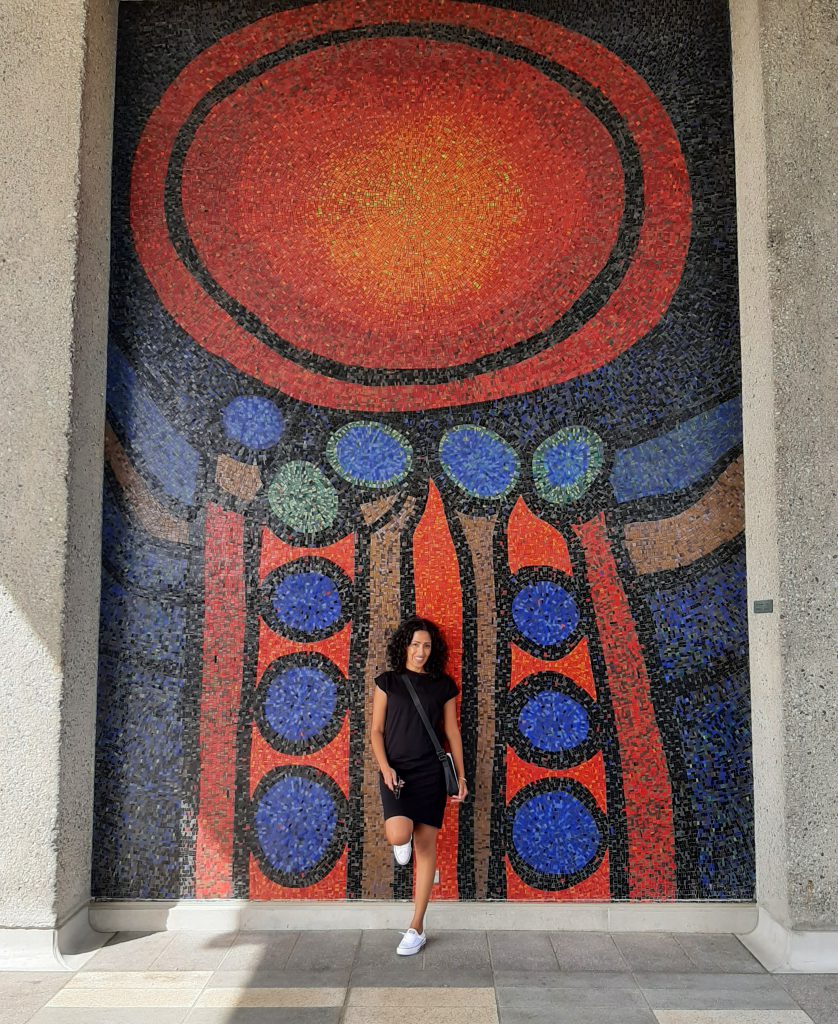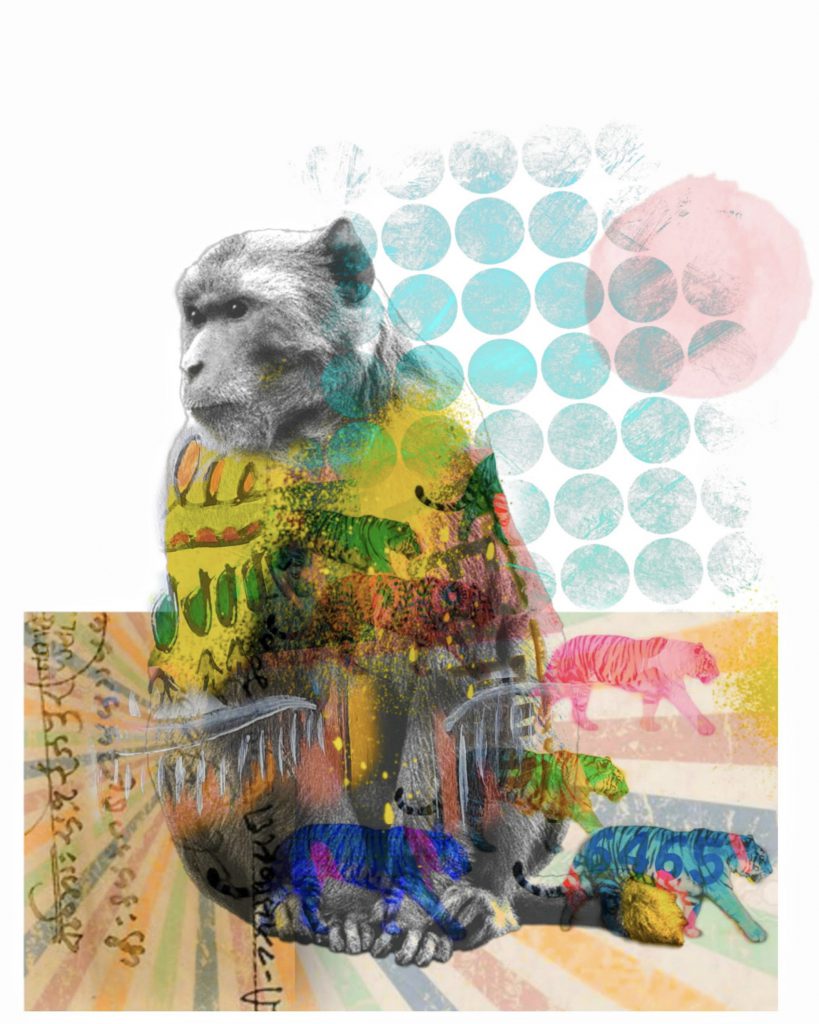People of Georgian: Professor creates art about diversity, history and representation
Sept. 24, 2021
What’s your story?
The Georgian community is full of unique, inspiring perspectives —and we’re sharing them as part of an ongoing series.
People of Georgian: Meet Angela Aujla
It’s really meaningful for people to see themselves represented.
Years ago, I wrote a paper looking at the representation of race and gender in children’s literature, which involved an analysis of the visuals and text in over 100 picture books.

It all started from being at the library with my toddler (who is now 17).
I quickly noted that most of the characters in the giant stack of books we were reading were white, and if racialized characters appeared at all, it was usually tied to something cultural or “traditional.�”
‘They couldn’t just be regular kids’
They couldn’t just be regular kids having an adventure, but more often than not served as exotic curiosities.
Speaking from experience – and existing research – it has a detrimental impact when you don’t see yourself in the media you consume, or if that media is stereotypical.
Thankfully this has improved considerably with more diverse authors and topics finally being published.
‘When people think of Sikh culture, they often think of men with turbans, but where are the women?’
My art projects tend to be focused on the Punjabi-Sikh diaspora, which comes naturally to me because that’s my cultural background and experience. That has also been an academic interest, so it connects well.
Lately, I’ve focused on female figures in Punjabi or Indian history, such as Gulab Kaur, an anticolonial revolutionary, and Amrita Pritam, a Sikh poet.


When people think of Sikh culture, they often think of men with turbans, but where are the women? What was happening in the private sphere of women’s lives?
While not well documented, their resourceful adaptations to Canadian culture, their bonds, their stories of hardship and isolation are also part of history.
My academic work, teaching, and art have a common thread of being tied to social justice in some way, especially addressing issues of absences and inaccuracies in what we’ve learned.
For example, when we think about Canadian history, what emerges as our notion of who a “Canadian” is? It’s very narrow and sanitized.
Do we learn about the history of racialized groups in Canada? That there were labourers here in the late 1800s and early 1900s from places like China, India and Japan?
About the white supremacy underlying early immigration policies?
What do we learn about the way colonialism was carried out in genocidal ways against Indigenous People, and their resistance against it? Not enough.
So many big pieces are left out. That in itself is an injustice.
Angela Aujla, Georgian professor
It’s important to fill in those gaps, and I optimistically think there might be less backlash against BIPOC groups today if we had this historical understanding at a young age.
Angela Aujla, Professor (sociology) in Georgian’s Liberal Arts department, Curriculum Advisor, Office of Academic Quality, and visual artist.